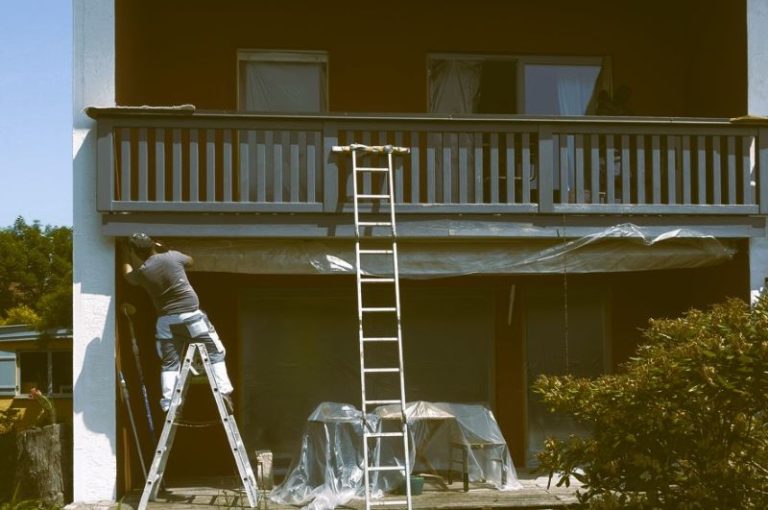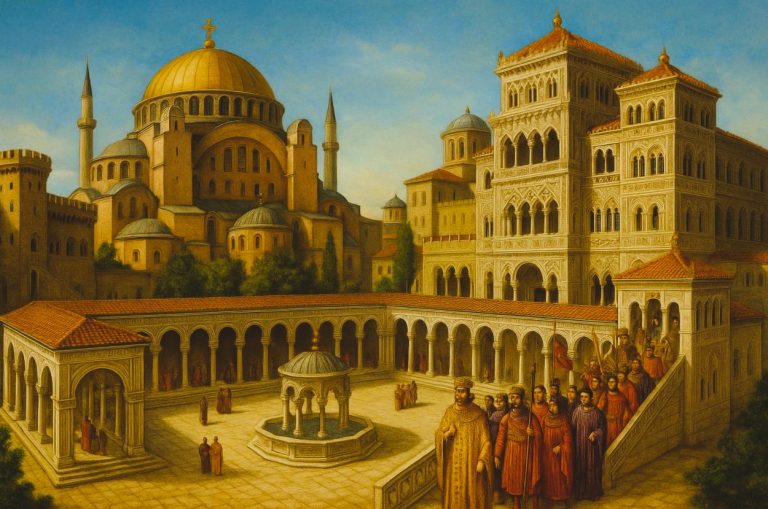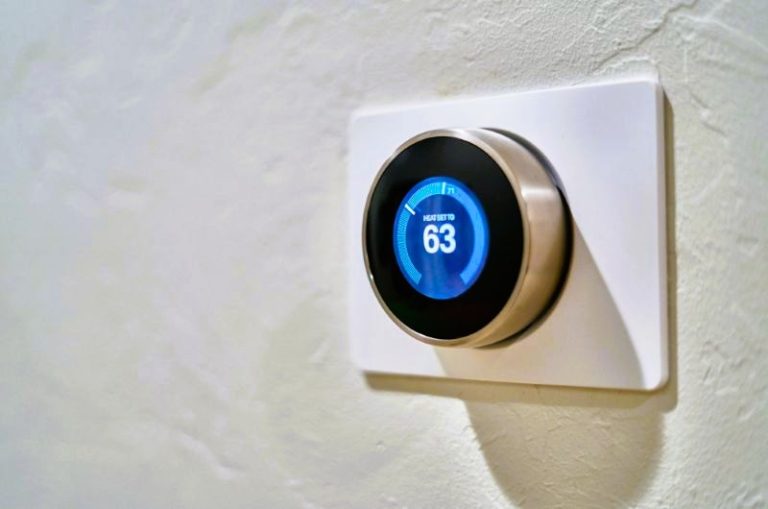

Thinking about how fast this world is evolving can be a little overwhelming. It can leave you questioning whether you are living life to its fullest potential, taking advantage of modern living advances. The thing is addressing modern living needs requires creativity, sustainability, and adaptability. From urban centers to suburban neighborhoods, individuals and communities demand solutions that not only meet their current needs but also anticipate future challenges. This blog explores various innovative approaches that are shaping how everyone lives.
Designing for Urban Density
As urban populations grow, the demand for efficient and sustainable housing solutions has intensified. Innovative urban planning strategies like mixed-use developments and vertical gardens have gained popularity. These designs maximize space while enhancing aesthetic appeal and environmental friendliness.
Vertical living options such as high-rise apartments with integrated green spaces, co-working hubs, and community-centric amenities help foster a sense of belonging in densely populated cities. Developers are also embracing modular construction to minimize costs and speed up project timelines.
Multifamily Construction: A Game-Changer
Multifamily construction, as showcased by sayanconstruction.com, is revolutionizing modern living by providing efficient, sustainable housing solutions that meet the diverse needs of urban communities.
This approach, which includes apartments, townhouses, and condos, efficiently uses land while meeting diverse housing needs. Here’s why multifamily construction is pivotal in addressing modern living demands:
• Affordability: By housing multiple families within a single development, costs are distributed, making units more affordable compared to single-family homes.
• Sustainability: Multifamily properties often incorporate green building techniques, such as solar panels, energy-efficient appliances, and water recycling systems, reducing their environmental footprint.
• Community-Centric Living: These developments encourage interaction through shared spaces like gyms, gardens, and lounges, fostering a sense of community.
• Urban Accessibility: Multifamily constructions are often located in city hubs, providing residents with easy access to work, schools, and entertainment.
Additionally, smart technology integration in multifamily developments is transforming the way residents experience home life. Features like app-based access, remote temperature control, and shared EV charging stations are making these homes smarter and more efficient.
Flexible Workspaces at Home
The shift to remote and hybrid work has driven the demand for versatile home layouts. Modern housing solutions now include flexible spaces designed for productivity, such as home offices and soundproofed rooms. Plus, with the use of multifunctional furniture, like foldable desks and murphy beds, this only enhances the usability of compact spaces.
Additionally, developers are designing entire floors or wings in multifamily buildings dedicated to co-working spaces, giving residents professional environments close to home.
Sustainable Living Innovations
Environmental consciousness has become a key consideration in modern living designs. Sustainable innovations like rainwater harvesting systems, solar energy panels, and energy-efficient lighting are increasingly common in new developments.
Moreover, integrating biophilic design elements—such as natural lighting, indoor plants, and natural materials—promotes physical and mental well-being. This trend is especially prominent in multifamily constructions, where developers aim to balance modern amenities with eco-friendly practices.
Shaping the Future of Modern Living
Innovative solutions for modern living are about more than meeting immediate needs; they are about shaping a future that is sustainable, inclusive, and adaptable. Multifamily construction is leading the charge by providing housing solutions that cater to affordability, sustainability, and community integration. As technology continues to evolve and environmental challenges intensify, the demand for innovative living solutions will only grow. By embracing these advancements, experts can create homes that support thriving communities for generations to come.


